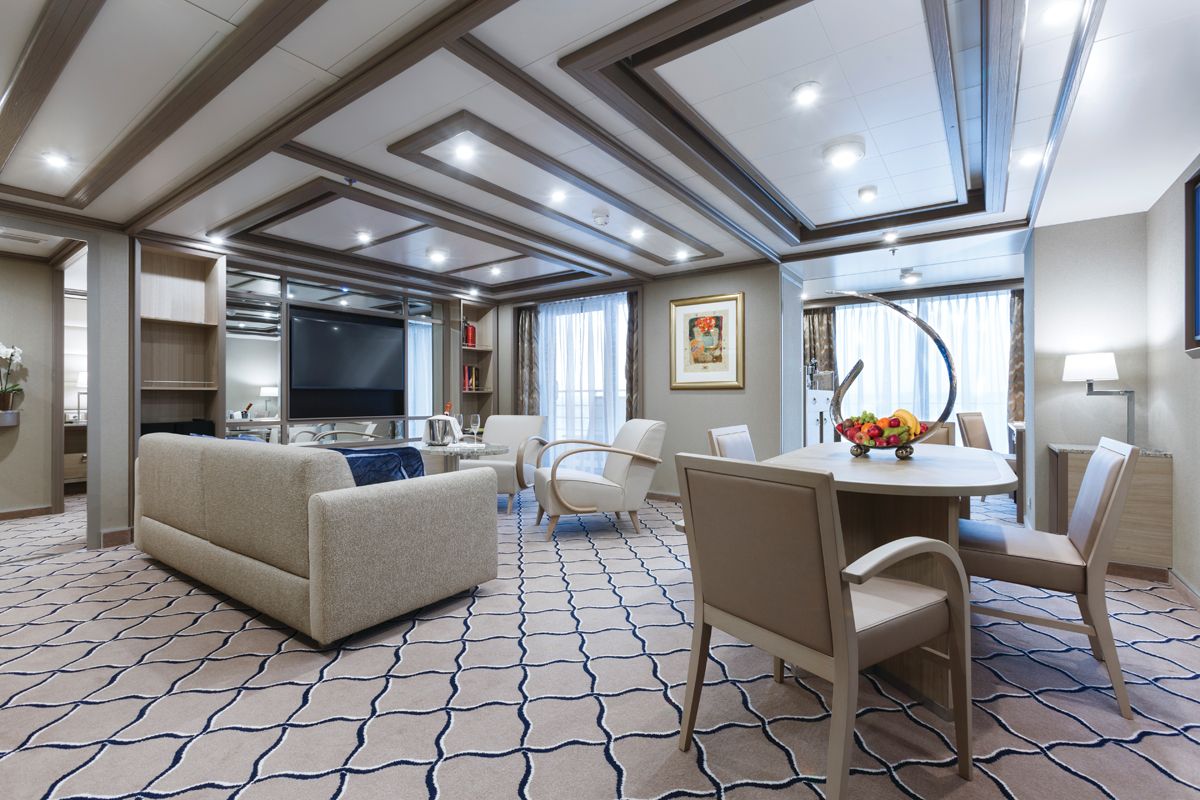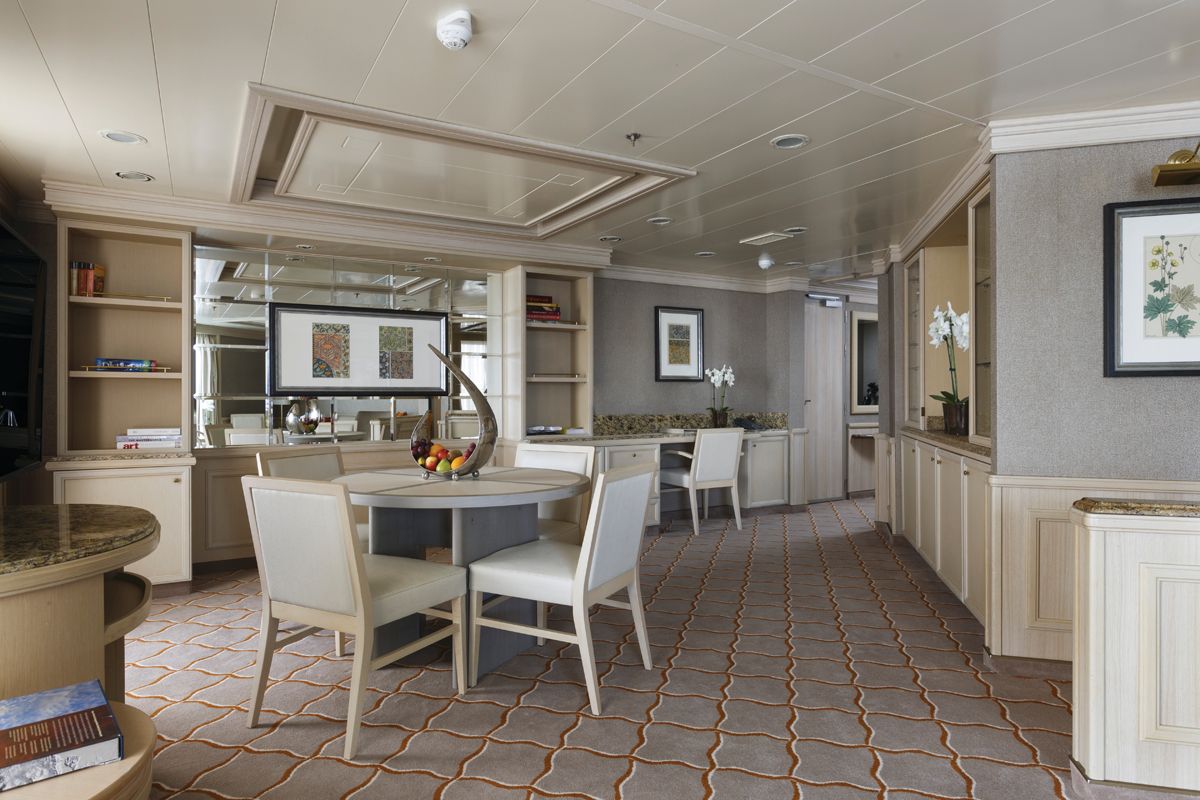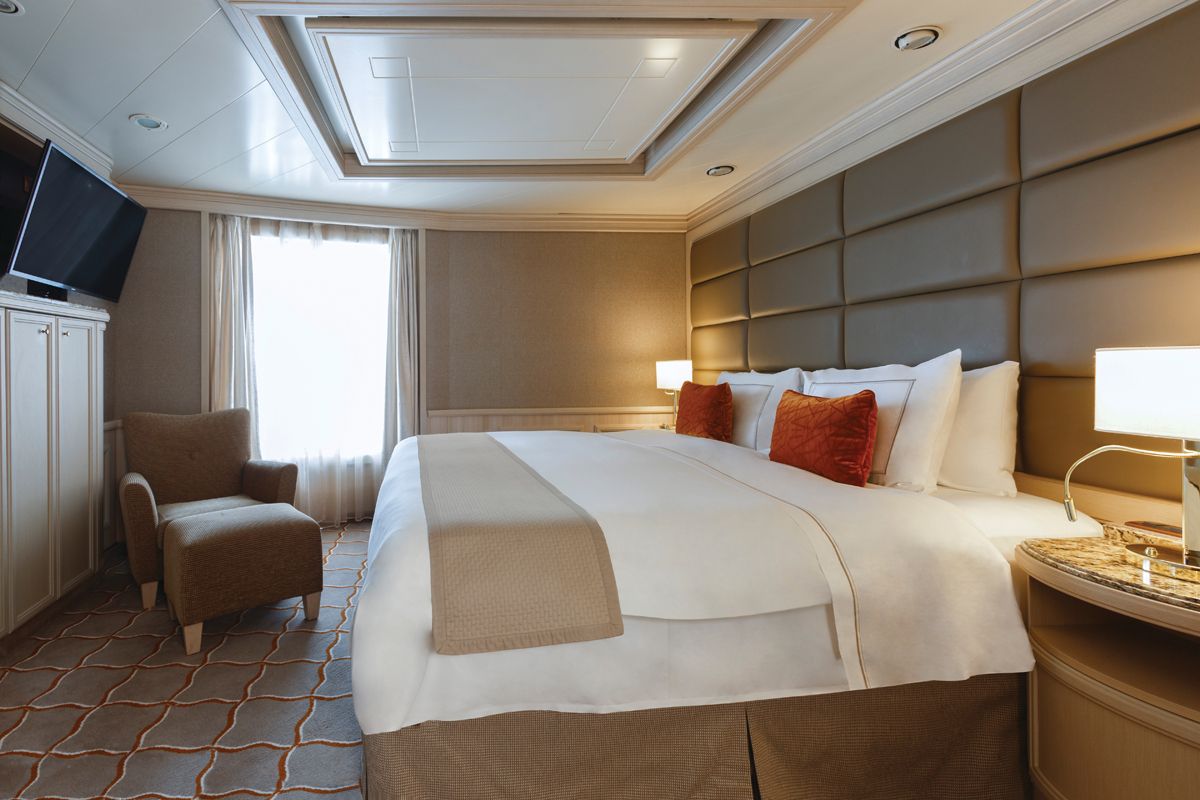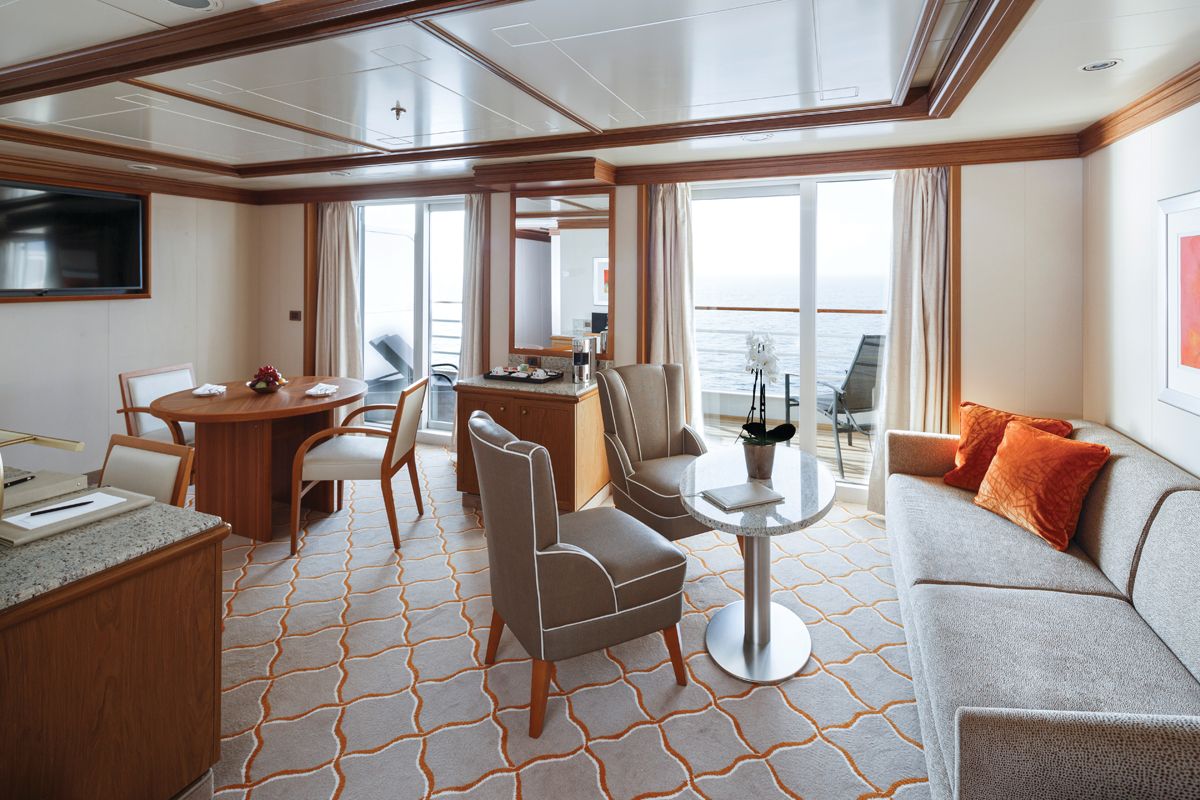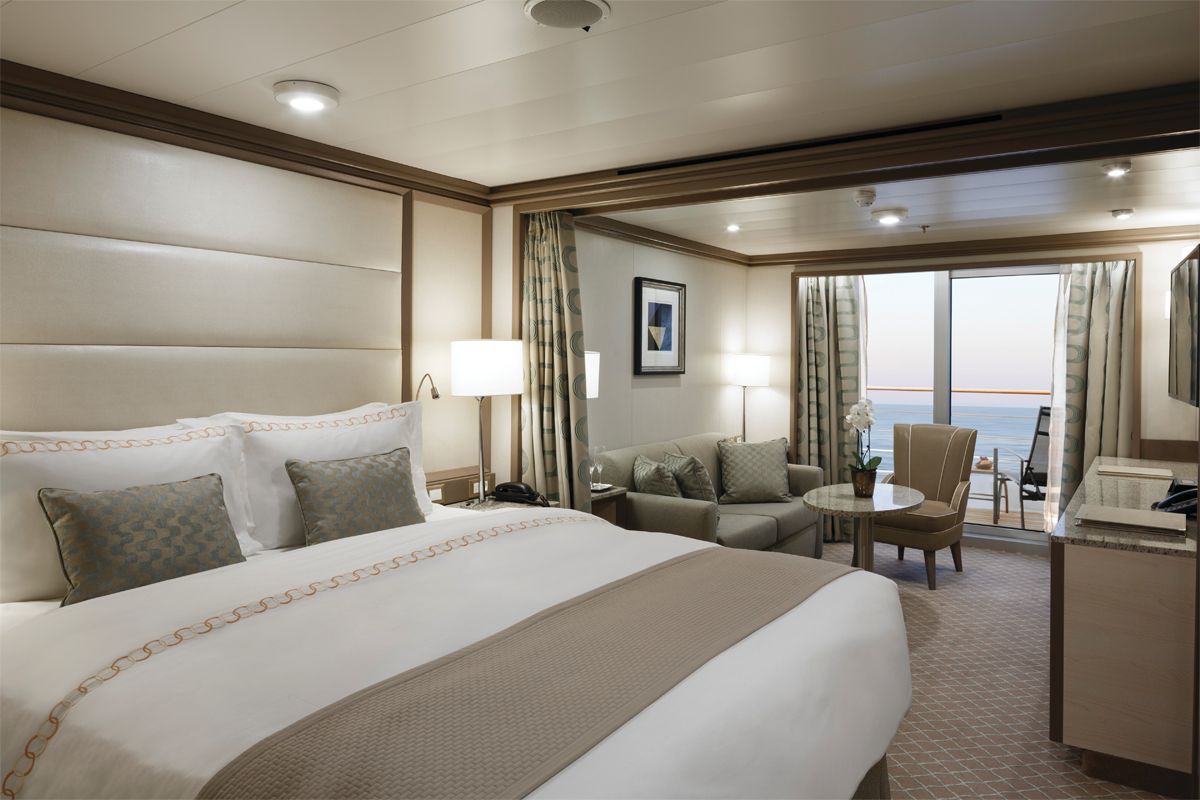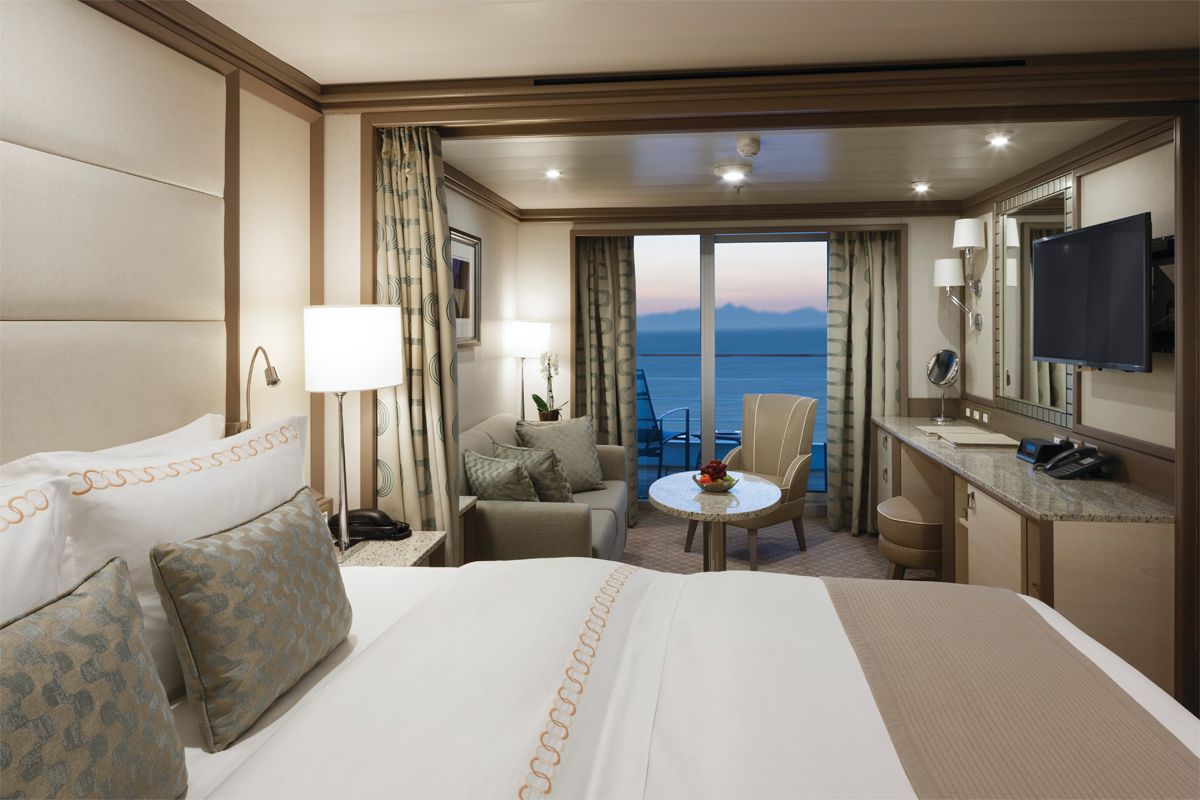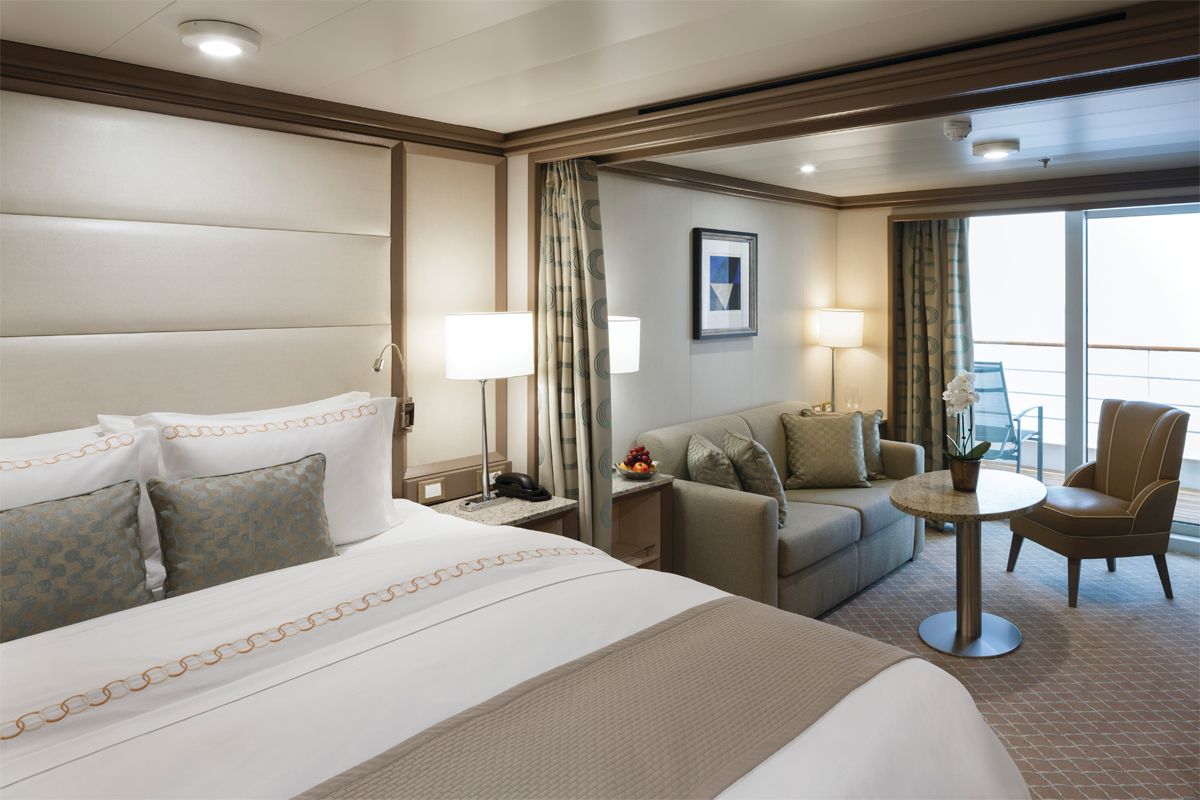

Go beyond your boundaries and explore the world as never before.
Italy's vibrant capital lives in the present, but no other city on earth evokes its past so powerfully. For over 2,500 years, emperors, popes, artists, and common citizens have left their mark here. Archaeological remains from ancient Rome, art-stuffed churches, and the treasures of Vatican City vie for your attention, but Rome is also a wonderful place to practice the Italian-perfected il dolce far niente, the sweet art of idleness. Your most memorable experiences may include sitting at a caffè in the Campo de' Fiori or strolling in a beguiling piazza.
Livorno is a gritty city with a long and interesting history. In the early Middle Ages it alternately belonged to Pisa and Genoa. In 1421 Florence, seeking access to the sea, bought it. Cosimo I (1519–74) started construction of the harbor in 1571, putting Livorno on the map. After Ferdinando I de' Medici (1549–1609) proclaimed Livorno a free city, it became a haven for people suffering from religious persecution; Roman Catholics from England and Jews and Moors from Spain and Portugal, among others, settled here. The Quattro Mori (Four Moors), also known as the Monument to Ferdinando I, commemorates this. (The statue of Ferdinando I dates from 1595, the bronze Moors by Pietro Tacca from the 1620s.)
In the following centuries, and particularly in the 18th, Livorno boomed as a port. In the 19th century the town drew a host of famous Britons passing through on their grand tours. Its prominence continued up to World War II, when it was heavily bombed. Much of the town's architecture, therefore, postdates the war, and it's somewhat difficult to imagine what it might have looked like before. Livorno has recovered from the war, however, as it's become a huge point of departure for container ships, as well as the only spot in Tuscany for cruise ships to dock for the day.
Most of Livorno's artistic treasures date from the 17th century and aren't all that interesting unless you dote on obscure baroque artists. Livorno's most famous native artist, Amedeo Modigliani (1884–1920), was of much more recent vintage. Sadly, there's no notable work by him in his hometown.
There may not be much in the way of art, but it's still worth strolling around the city. The Mercato Nuovo, which has been around since 1894, sells all sorts of fruits, vegetables, grains, meat, and fish. Outdoor markets nearby are also chock-full of local color. The presence of Camp Darby, an American military base just outside town, accounts for the availability of many American products.
If you have time, Livorno is worth a stop for lunch or dinner at the very least.
At first glance, it really doesn't look all that impressive. There's a pretty port with cafés charging €5 for a coffee and a picturesque old town in sugared-almond hues, but there are many prettier in the hills nearby. There are sandy beaches, rare enough on the Riviera, and old-fashioned squares with plane trees and pétanque players, but these are a dime a dozen throughout Provence. So what made St-Tropez an internationally known locale? Two words: Brigitte Bardot. When this pulpeuse (voluptuous) teenager showed up in St-Tropez on the arm of Roger Vadim in 1956 to film And God Created Woman, the heads of the world snapped around. Neither the gentle descriptions of writer Guy de Maupassant (1850–93), nor the watercolor tones of Impressionist Paul Signac (1863–1935), nor the stream of painters who followed (including Matisse and Bonnard) could focus the world's attention on this seaside hamlet as did this one sensual woman in a scarf, Ray-Bans, and capris. Vanity Fair ran a big article, "Saint Tropez Babylon," detailing the over-the-top petrodollar parties, megayachts, and Beyoncé–d paparazzi. But don't be turned off: the next year, Stewart, Tabori & Chang released an elegant coffee-table book, Houses of St-Tropez, packed with photos of supremely tasteful and pretty residences, many occupied by fashion designers, artists, and writers. Once a hangout for Colette, Anaïs Nin, and Françoise Sagan, the town still earns its old moniker, the "Montparnasse of the Mediterranean." Yet you might be surprised to find that this byword for billionaires is so small and insulated. The lack of train service, casinos, and chain hotels keeps it that way. Yet fame, in a sense, came too fast for St-Trop. Unlike the chic resorts farther east, it didn't have the decades-old reputation of the sort that would attract visitors all year around. For a good reason: its location on the south side of the gulf puts it at the mercy of the terrible mistral winter winds. So, in summer the crowds descend and the prices rise into the stratosphere. In July and August, you must be carefree about the sordid matter of cash. After all, at the most Dionysian nightclub in town, a glass of tap water goes for $37 and when the mojo really gets going, billionaires think nothing of "champagne-spraying" the partying crowds—think World Series celebrations but with $1,000 bottles of Roederer Cristal instead of Gatorade. Complaining about summer crowds, overpricing, and lack of customer service has become a tourist sport and yet this is what makes St-Tropez—described by the French daily newspaper Le Figaro as the place you can see "the greatest number of faces per square meter"—as intriguing as it is seductive.
Since being designated a European Capital of Culture for 2013, with an estimated €660 million of funding in the bargain, Marseille has been in the throes of an extraordinary transformation, with no fewer than five major new arts centers, a beautifully refurbished port, revitalized neighborhoods, and a slew of new shops and restaurants. Once the underdog, this time-burnished city is now welcoming an influx of weekend tourists who have colonized entire neighborhoods and transformed them into elegant pieds-à-terre (or should we say, mer). The second-largest city in France, Marseille is one of Europe's most vibrant destinations. Feisty and fond of broad gestures, it is also as complicated and as cosmopolitan now as it was when a band of Phoenician Greeks first sailed into the harbor that is today's Vieux Port in 600 BC. Legend has it that on that same day a local chieftain's daughter, Gyptis, needed to choose a husband, and her wandering eyes settled on the Greeks' handsome commander Protis. Her dowry brought land near the mouth of the Rhône, where the Greeks founded Massalia, the most important Continental shipping port in antiquity. The port flourished for some 500 years as a typical Greek city, enjoying the full flush of classical culture, its gods, its democratic political system, its sports and theater, and its naval prowess. Caesar changed all that, besieging the city in 49 BC and seizing most of its colonies. In 1214 Marseille was seized again, this time by Charles d'Anjou, and was later annexed to France by Henri IV in 1481, but it was not until Louis XIV took the throne that the biggest transformations of the port began; he pulled down the city walls in 1666 and expanded the port to the Rive Neuve (New Riverbank). The city was devastated by plague in 1720, losing more than half its population. By the time of the Revolution, Marseille was on the rebound once again, with industries of soap manufacturing and oil processing flourishing, encouraging a wave of immigration from Provence and Italy. With the opening of the Suez Canal in 1869, Marseille became the greatest boomtown in 19th-century Europe. With a large influx of immigrants from areas as exotic as Tangiers, the city quickly acquired the multicultural population it maintains to this day.
The infinite variety of street life, the nooks and crannies of the medieval Barri Gòtic, the ceramic tile and stained glass of Art Nouveau facades, the art and music, the throb of street life, the food (ah, the food!)—one way or another, Barcelona will find a way to get your full attention. The capital of Catalonia is a banquet for the senses, with its beguiling mix of ancient and modern architecture, tempting cafés and markets, and sun-drenched Mediterranean beaches. A stroll along La Rambla and through waterfront Barceloneta, as well as a tour of Gaudí's majestic Sagrada Famíliaand his other unique creations, are part of a visit to Spain's second-largest city. Modern art museums and chic shops call for attention, too. Barcelona's vibe stays lively well into the night, when you can linger over regional wine and cuisine at buzzing tapas bars.
Valencia, Spain's third-largest municipality, is a proud city with a thriving nightlife and restaurant scene, quality museums, and spectacular contemporary architecture, juxtaposed with a thoroughly charming historic quarter, making it a popular destination year in year out. During the Civil War, it was the last seat of the Republican Loyalist government (1935–36), holding out against Franco’s National forces until the country fell to 40 years of dictatorship. Today it represents the essence of contemporary Spain—daring design and architecture along with experimental cuisine—but remains deeply conservative and proud of its traditions. Though it faces the Mediterranean, Valencia's history and geography have been defined most significantly by the River Turia and the fertile huerta that surrounds it.
The city has been fiercely contested ever since it was founded by the Greeks. El Cid captured Valencia from the Moors in 1094 and won his strangest victory here in 1099: he died in the battle, but his corpse was strapped into his saddle and so frightened the besieging Moors that it caused their complete defeat. In 1102 his widow, Jimena, was forced to return the city to Moorish rule; Jaume I finally drove them out in 1238. Modern Valencia was best known for its frequent disastrous floods until the River Turia was diverted to the south in the late 1950s. Since then the city has been on a steady course of urban beautification. The lovely bridges that once spanned the Turia look equally graceful spanning a wandering municipal park, and the spectacularly futuristic Ciutat de les Arts i les Ciències (City of Arts and Sciences), most of it designed by Valencia-born architect Santiago Calatrava, has at last created an exciting architectural link between this river town and the Mediterranean. If you're in Valencia, an excursion to Albufera Nature Park is a worthwhile day trip.
Don’t be put off by Cartagena’s outskirts, which house chemical plants and mining machinery; plunge straight into the Old Town near the port instead. Old Town is steeped in history and bustling with life. The Roman ruins here are among some of the best in the country and Cartagena’s tapas are justly famed. Holy Week processions are as moving as those in Seville and Málaga, and music fans will enjoy the Mar de Músicas international music festival in July and the Jazz Festival in November. Flamenco aficionados shouldn’t miss the Festival del Cante de las Minas in August, an annual flamenco contest plus concerts held in La Unión, 16 km (10 miles) to the east of the city (www.fundacioncantedelasminas.org).
Málaga is one of southern Spain’s most welcoming and happening cities, and it more than justifies a visit. Visitor figures have soared since the Museo Picasso opened in 2003 and a new cruise-ship terminal opened in 2011, and much of the city has had a well-earned face-lift, with many of its historic buildings restored or undergoing restoration. The area between the river and the port is being spruced up and transformed into the Málaga Arte Urbano Soho (MAUS Art District), and in 2015 three new art museums opened, underlining the city's aim to become one of southern Europe's centers for art. Alongside all this rejuvenation, some great shops, and lively bars and restaurants have sprung up all over the center.
True, the approach from the airport certainly isn’t that pretty, and you'll be greeted by huge 1970s high-rises that march determinedly toward Torremolinos. But don’t give up: in its center and eastern suburbs, this city of about 550,000 people is a pleasant port, with ancient streets and lovely villas amid exotic foliage. Blessed with a subtropical climate, it's covered in lush vegetation and averages some 324 days of sunshine a year.
Central Málaga lies between the Guadalmedina River and the port, and the city’s main attractions are all here. The Centro de Arte Contemporáneo sits next to the river; to the east lies the MAUS district, slowly being hoisted from its former seedy red-light reputation to a vibrant cultural hub with galleries and up-and-coming restaurants. Around La Alameda boulevard, with its giant weeping fig trees, is old-town Málaga: elegant squares, pedestrian shopping streets such as Calle Marqués de Larios, and the major monuments, which are often tucked away in labyrinthine alleys.
Eastern Málaga starts with the pleasant suburbs of El Palo and Pedregalejo, once traditional fishing villages. Here you can eat fresh fish in the numerous chiringuitos and stroll Pedregalejo's seafront promenade or the tree-lined streets of El Limonar. A few blocks inland is Málaga's bullring, La Malagueta, built in 1874, and continuing west, Muelle Uno (port-front commercial center), whose striking glass cube is now home to the Centre Pompidou. It's great for a drink and for soaking up views of the old quarter.
Málaga is one of southern Spain’s most welcoming and happening cities, and it more than justifies a visit. Visitor figures have soared since the Museo Picasso opened in 2003 and a new cruise-ship terminal opened in 2011, and much of the city has had a well-earned face-lift, with many of its historic buildings restored or undergoing restoration. The area between the river and the port is being spruced up and transformed into the Málaga Arte Urbano Soho (MAUS Art District), and in 2015 three new art museums opened, underlining the city's aim to become one of southern Europe's centers for art. Alongside all this rejuvenation, some great shops, and lively bars and restaurants have sprung up all over the center.
True, the approach from the airport certainly isn’t that pretty, and you'll be greeted by huge 1970s high-rises that march determinedly toward Torremolinos. But don’t give up: in its center and eastern suburbs, this city of about 550,000 people is a pleasant port, with ancient streets and lovely villas amid exotic foliage. Blessed with a subtropical climate, it's covered in lush vegetation and averages some 324 days of sunshine a year.
Central Málaga lies between the Guadalmedina River and the port, and the city’s main attractions are all here. The Centro de Arte Contemporáneo sits next to the river; to the east lies the MAUS district, slowly being hoisted from its former seedy red-light reputation to a vibrant cultural hub with galleries and up-and-coming restaurants. Around La Alameda boulevard, with its giant weeping fig trees, is old-town Málaga: elegant squares, pedestrian shopping streets such as Calle Marqués de Larios, and the major monuments, which are often tucked away in labyrinthine alleys.
Eastern Málaga starts with the pleasant suburbs of El Palo and Pedregalejo, once traditional fishing villages. Here you can eat fresh fish in the numerous chiringuitos and stroll Pedregalejo's seafront promenade or the tree-lined streets of El Limonar. A few blocks inland is Málaga's bullring, La Malagueta, built in 1874, and continuing west, Muelle Uno (port-front commercial center), whose striking glass cube is now home to the Centre Pompidou. It's great for a drink and for soaking up views of the old quarter.
Spread over a string of seven hills north of the Rio Tejo (Tagus River) estuary, Lisbon presents an intriguing variety of faces to those who negotiate its switchback streets. In the oldest neighborhoods, stepped alleys whose street pattern dates back to Moorish times are lined with pastel-color houses decked with laundry; here and there, miradouros (vantage points) afford spectacular river or city views. In the grand 18th-century center, calçada à portuguesa (black-and-white mosaic cobblestone) sidewalks border wide boulevards. Elétricos (trams) clank through the streets, and blue-and-white azulejos (painted and glazed ceramic tiles) adorn churches, restaurants, and fountains.
Of course, parts of Lisbon lack charm. Even some downtown areas have lost their classic Portuguese appearance as the city has become more cosmopolitan: shiny office blocks have replaced some 19th- and 20th-century art nouveau buildings. And centenarian trams share the streets with "fast trams" and noisy automobiles.
Lisbon bears the mark of an incredible heritage with laid-back pride. In preparing to host the 1998 World Exposition, Lisbon spruced up public buildings, overhauled its subway system, and completed an impressive second bridge across the river. Today the former Expo site is an expansive riverfront development known as Parque das Nações, and the city is a popular port of call for cruises, whose passengers disembark onto a revitalized waterfront. Downtown, all the main squares have been overhauled one by one.
In its heyday in the 16th century, Lisbon was a pioneer of the first wave of globalization. Now, the empire is striking back, with Brazilians and people from the former Portuguese colonies in Africa enriching the city’s ethnic mix. There are also more than a few people from other European countries who are rapidly becoming integrated.
But Lisbon's intrinsic, slightly disorganized, one-of-a-kind charm hasn't vanished in the contemporary mix. Lisboetas (people from Lisbon) are at ease pulling up café chairs and perusing newspapers against any backdrop, whether it reflects the progress and commerce of today or the riches that once poured in from Asia, South America, and Africa. And quiet courtyards and sweeping viewpoints are never far away.
Despite rising prosperity (and costs) since Portugal entered the European Community in 1986, and the more recent tourism boom, prices for most goods and services are still lower than most other European countries. You can still find affordable places to eat and stay, and with distances between major sights fairly small, taxis are astonishingly cheap. All this means that Lisbon is not only a treasure chest of historical monuments, but also a place where you won’t use up all your own hard-earned treasure.
World Cruise Finder's suites are some of the most spacious in luxury cruising.
Request a Quote - guests who book early are rewarded with the best fares and ability to select their desired suite.
